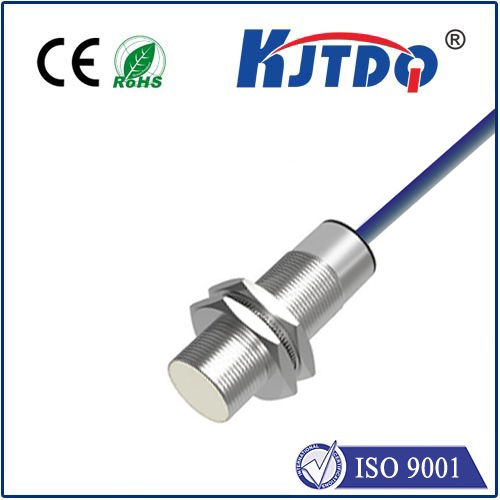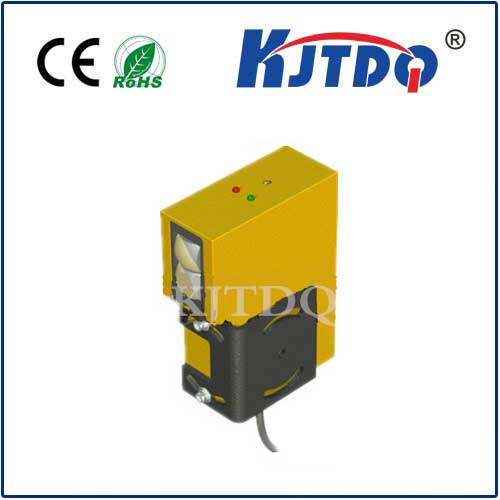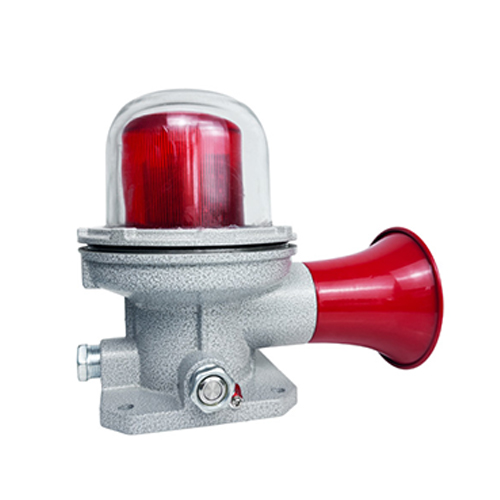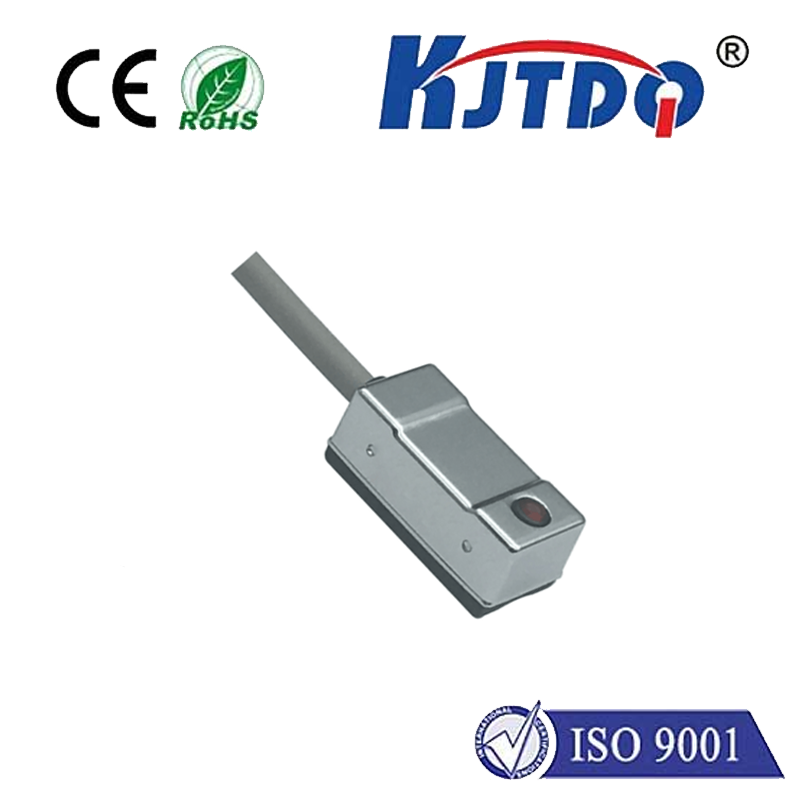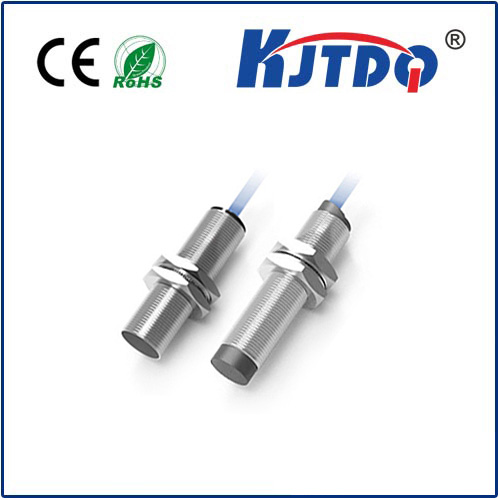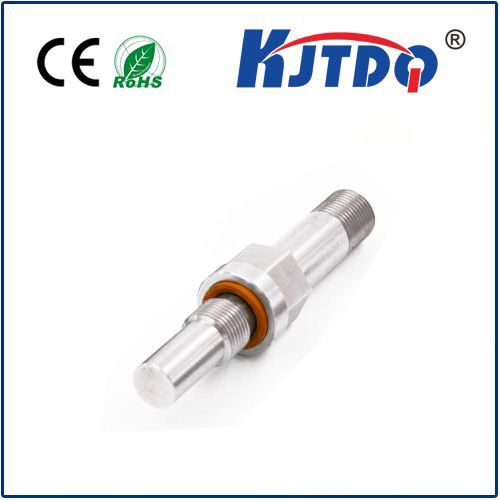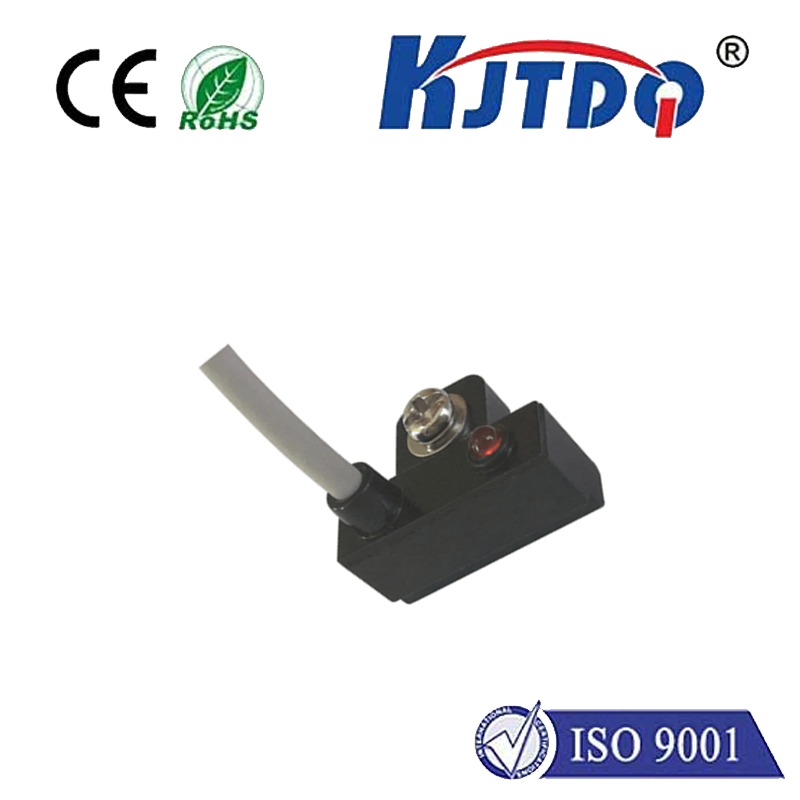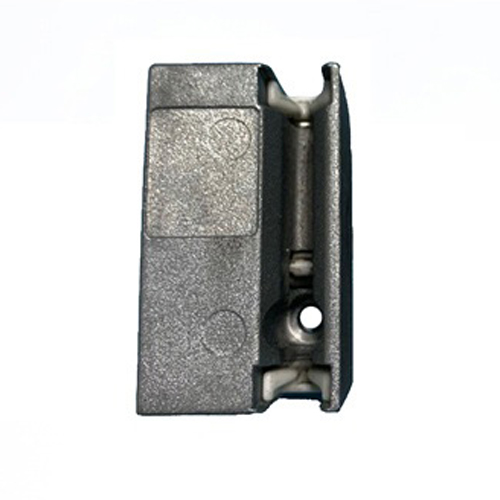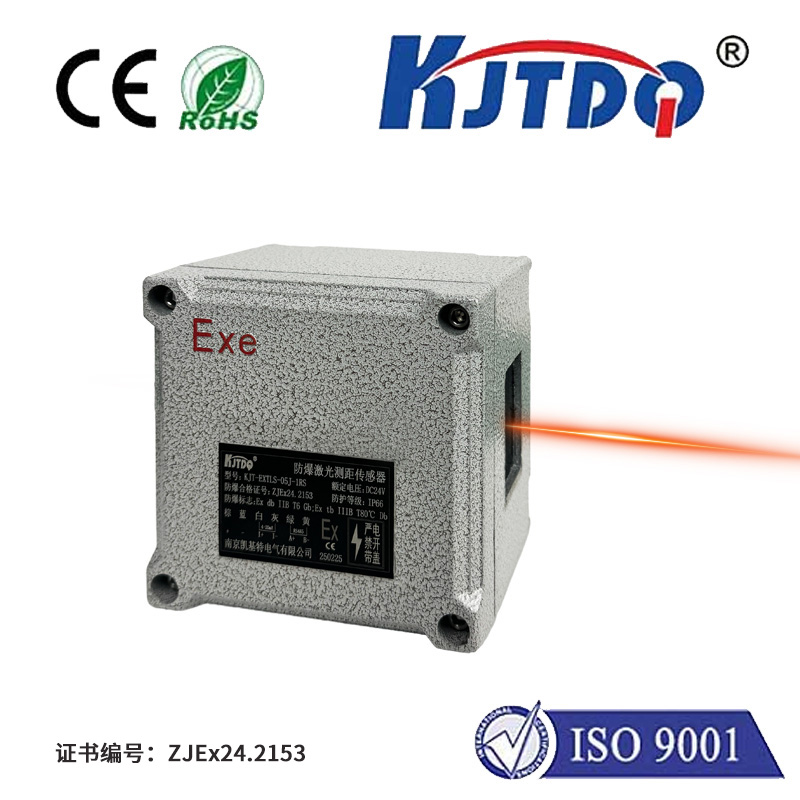uv sensor
- time:2025-08-20 00:05:28
- Click:0
UV Sensors: Your Silent Guardian Against Invisible Radiation Threats
Imagine stepping outside on a seemingly perfect sunny day, unaware that invisible ultraviolet (UV) rays are silently impacting your skin, your eyes, even the materials around you. This unseen force can be both beneficial and harmful, making accurate measurement crucial. Enter the UV sensor – a sophisticated electronic sentinel dedicated to quantifying this invisible spectrum of light, empowering us to harness its benefits while mitigating its risks.
Understanding the Invisible: What is UV Radiation?
Sunlight reaching Earth encompasses a broad spectrum, including visible light, infrared, and ultraviolet radiation. UV rays, occupying wavelengths shorter than visible light (typically 100-400 nanometers), are categorized based on their biological effects and penetration power:
- UVA (315-400 nm): Longest wavelength UV. Penetrates deep into the skin, contributing to aging, wrinkles, and potentially skin cancer over the long term. It also causes fading in materials.
- UVB (280-315 nm): Medium wavelength. Primarily affects the skin’s outer layers, causing sunburn and playing a significant role in skin cancer development. Essential for Vitamin D synthesis.
- UVC (100-280 nm): Shortest, most energetic wavelength. Mostly absorbed by the Earth’s atmosphere. Artificially generated UVC is potent for disinfection.
The intensity of UV radiation reaching the ground varies dramatically with time of day, season, latitude, altitude, cloud cover, and atmospheric ozone levels. Precisely measuring UV intensity across specific bands is where UV sensors excel.

How Does a UV Sensor Work? Illuminating the Technology
At their core, UV sensors convert incident ultraviolet radiation into a measurable electrical signal, typically a current or voltage proportional to the UV intensity. While various technologies exist, silicon photodiodes are the most common foundation:
- Photoelectric Effect: When UV photons strike the semiconductor material (like silicon) within the sensor, they impart enough energy to liberate electrons, creating electron-hole pairs.
- Current Generation: An applied bias voltage (or built-in potential in photodiodes) drives these liberated charge carriers, generating a photocurrent.
- Spectral Selectivity: The challenge lies in detecting only UV light and rejecting visible and infrared (IR) interference, which is typically much stronger. This is achieved through sophisticated techniques:
- Optical Filters: Special coatings or materials placed over the photodiode selectively block visible light and IR, allowing only desired UV wavelengths to pass. Precise filter design is critical for sensor accuracy and specificity.
- Material Engineering: Some sensors use materials inherently sensitive to UV bands but less responsive to longer wavelengths (e.g., Gallium Nitride - GaN, Silicon Carbide - SiC).
- Specialized Structures: Techniques like Schottky diodes or specially doped silicon can enhance UV response while suppressing visible/IR sensitivity. Selecting the right sensor depends heavily on the target UV band (UVA, UVB, UVC) and the required level of rejection of other light sources.
Where UV Sensing Makes a Crucial Difference: Applications Abound
The ability to accurately measure UV radiation unlocks a vast array of applications:
- Personal Health & Safety:
- Wearable UV Monitors: Integrated into smartwatches, wristbands, or clip-ons, these sensors provide real-time UV Index readings, alerting users to high exposure levels and prompting sun protection measures. Empowering individuals to manage their sun exposure proactively.
- Smartphone UV Sensors: Some phones integrate UV sensors for health and environmental apps.
- Sunburn Prevention Devices: Standalone devices focused solely on warning about UVB levels to prevent sunburn.
- Environmental Monitoring & Meteorology:
- UV Index Forecasting: Ground-based UV sensors provide vital calibration data for satellites and weather models used to generate public UV Index forecasts.
- Ozone Layer Monitoring: Networked UV sensors help track ozone depletion by measuring ground-level UVB radiation, which increases as ozone thins. Critical data for atmospheric science.
- Solar Radiation Studies: Measuring the full solar spectrum, including UV, is essential for climate research and understanding solar energy potential. Accurate environmental UV data underpins models predicting long-term climate impacts.
- Industrial & Commercial Applications:
- UV Curing: Adhesives, inks, and coatings that harden under UV light require precise dosimetry. Sensors ensure the correct UV dose is delivered for optimal curing speed and quality. Vital for manufacturing consistency.
- Material Testing: Measuring UV exposure helps evaluate the weatherability and degradation (fading, cracking) of plastics, textiles, paints, and automotive components exposed to sunlight. Predicting product lifespan requires reliable UV intensity data.
- Germicidal Applications: UVC sensors are crucial for monitoring the output intensity of UVC disinfection lamps in water treatment systems, air purifiers, and surface sterilizers, ensuring efficacy and safety (preventing human overexposure). Dose validation is non-negotiable for effective disinfection.
- Flame Detection: Some flames emit specific UV signatures. UV sensors can be used alongside IR sensors for faster, more reliable fire detection in challenging environments.
- Astronomy: UV sensors on spacecraft and telescopes detect UV emissions from stars and celestial objects, revealing phenomena invisible in other spectra.
Choosing the Right Sensor: Key Considerations
Selecting a UV sensor isn’t one-size-fits-all. Key factors to consider include:
- Targeted Wavelength Range (UVA, UVB, UVC): Match the sensor’s spectral sensitivity to the application.
- Sensitivity & Responsivity: How efficiently does it convert UV photons to an electrical signal? Needed for detecting low UV levels.
- Visible Light & IR Rejection Ratio: How well does it block unwanted light? Crucial for accuracy in sunlight or artificial lighting.
- Dynamic Range: The span of UV intensities it can accurately measure.
- Response Time: How quickly does it react to changes in UV intensity? Important for dynamic applications like curing or safety shut-offs.
- Linearity: Is the output signal consistently proportional to UV intensity across its range?
- Stability & Drift: How stable is the reading over time and temperature?
- Form Factor & Cost: Size, power consumption, and price must suit the application (wearable vs. industrial).
The Future is Bright (and Measured): Evolving UV Sensing Tech
UV sensor technology continues to advance, driven by demand for smaller size, lower power consumption, higher accuracy, and lower cost. Key trends include:
- Miniaturization: Enabling integration into even smaller wearables and IoT devices.
- Enhanced Spectral Discrimination: Development of sensors that can more precisely differentiate between UVA, UVB, and even specific UVC wavelengths.
- Improved Rejection Ratios: Ongoing innovation in filtering and material science to achieve unparalleled rejection of visible and IR light.
- Smart Sensors: Integration of signal conditioning, digital interfaces (like I2C, SPI), and even basic processing on-chip, simplifying design-in. Plug-and-play modules are accelerating adoption.
- IoT Integration: Connecting UV sensors to networks for large-scale environmental monitoring, smart building UV exposure mapping, and industrial process optimization.
From safeguarding our skin on a beach day to ensuring the reliability of cured industrial coatings and monitoring the health of our planet’s protective ozone layer, UV sensors play an indispensable role. They transform the invisible threat and benefit of ultraviolet radiation into actionable data. As technology progresses, these silent guardians will become even more integral to our health, safety, industry, and understanding of our environment, empowering us to live and work smarter under the sun.












